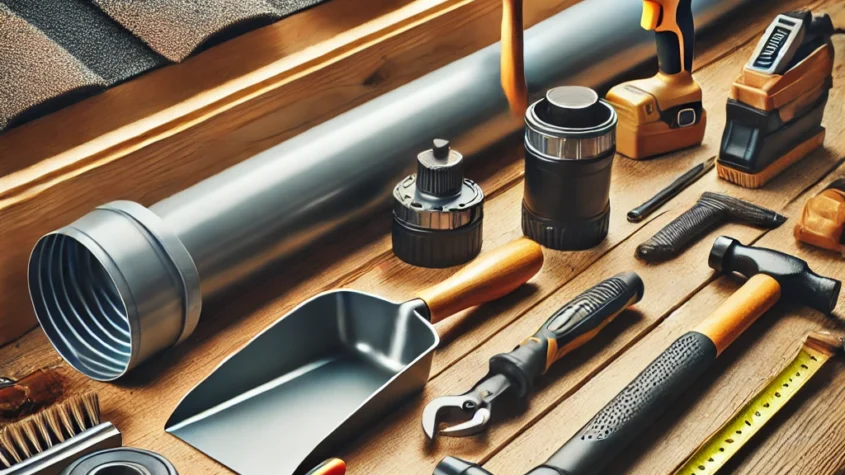
The Wuko Bender is a versatile tool designed to streamline various bending processes in metalworking and fabrication. Its unique design allows users to create precise bends with ease, making it an invaluable addition to any workshop. This tool is popular among professionals and hobbyists alike, thanks to its efficiency and adaptability for different materials.
Understanding how to use the Wuko Bender effectively can enhance productivity and improve the quality of work. It can handle a range of materials, including metal sheets and rods, making it suitable for various applications. Exploring the features and benefits of this tool can provide insights into its role in modern metalworking projects.
With the growing demand for skilled fabrication techniques, knowing how to utilize the Wuko Bender can set individuals apart in the industry. Whether working on small projects or large-scale fabrication, this tool facilitates creativity and precision in bending materials to meet specific needs.
Overview of Wuko Bender
Wuko Bender is a specialized tool designed for efficiently bending and shaping various materials, particularly in construction and manufacturing. Its unique construction and functionalities make it suitable for numerous applications.
History and Origin
Wuko Bender was developed in Austria in the 1970s. The initial design aimed to provide a simple yet effective solution for bending metal and other materials on job sites. Over the years, the tool underwent enhancements, improving its portability and ease of use. Wuko has since become a trusted brand among professionals in construction and metalworking. The integration of technology has further refined its versatility, allowing for a broader range of bending tasks than originally intended.
Main Features
Wuko Benders come with several key features that enhance functionality:
- Material Compatibility: It works well with various materials, including aluminum, steel, and copper.
- Adjustability: The tool allows for different bending angles, making it suitable for numerous tasks.
- Portability: Many models are lightweight and easy to transport, ensuring convenience on job sites.
- Durability: Constructed with high-quality materials, Wuko Benders are designed to withstand heavy use.
This combination of features caters to professionals who demand efficiency and reliability from their tools.
Applications
Wuko Bender finds applications across various industries.
- Construction: Used for bending metal sheets, pipes, and other construction elements, it simplifies the work process.
- HVAC: It is commonly utilized to shape ductwork, optimizing air distribution in buildings.
- Electrical: Professionals use it to create bends in conduits, ensuring safe and efficient electrical installations.
- Metal Fabrication: The tool aids in creating customized metal parts as per client specifications.
These diverse applications highlight the Wuko Bender’s crucial role in enhancing efficiency and productivity in different sectors.
Operating a Wuko Bender
Operating a Wuko Bender requires attention to detail and adherence to safety protocols. Proper maintenance is also essential to ensure longevity and efficiency in bending operations.
Safety Measures
Safety should be a top priority when operating a Wuko Bender. Operators must wear appropriate personal protective equipment (PPE), including gloves, safety glasses, and steel-toed boots. This minimizes the risk of injury from sharp materials or potential machine malfunctions.
Before starting the machine, operators should conduct a thorough inspection. Check for any wear or damage to the equipment and ensure that all safety guards are in place. It is crucial to familiarize oneself with emergency shut-off procedures and maintain a clear workspace free from obstruction.
Use proper techniques when feeding materials into the bender. Operators should keep hands and loose clothing away from moving parts. If assistance is needed, a spotter can help manage heavy or awkward materials.
Maintenance Tips
Regular maintenance is essential for the optimal performance of a Wuko Bender. Operators should create a schedule for daily, weekly, and monthly maintenance tasks. This includes lubricating moving parts and tightening loose bolts and screws.
Inspect the bending forms regularly for signs of wear. Replacing worn-out forms can prevent inaccurate bends and further damage to the machine. It’s also important to keep the work area clean, as debris can hinder machine operation.
Lastly, operators should consult the manufacturer’s guidelines for any specific maintenance recommendations. Following these guidelines will help extend the life of the Wuko Bender and enhance its efficiency in production tasks.
Sympathy Flowers: A Thoughtful Gesture for Consoling Loved Ones
Sympathy flowers serve as a heartfelt gesture during times of loss or grief. They express …




